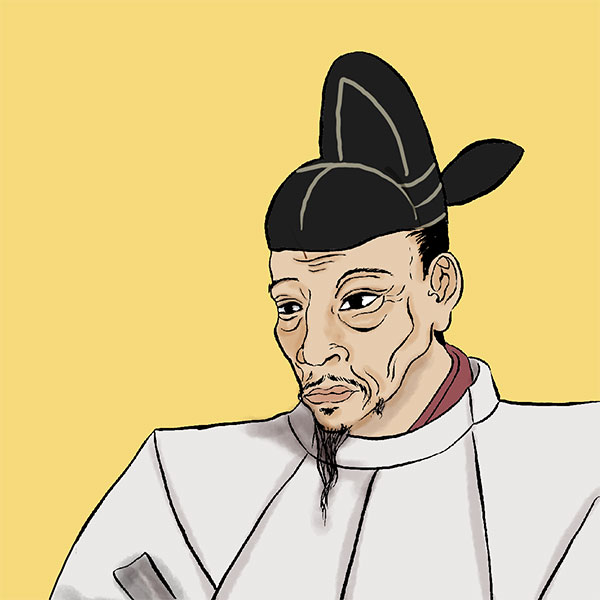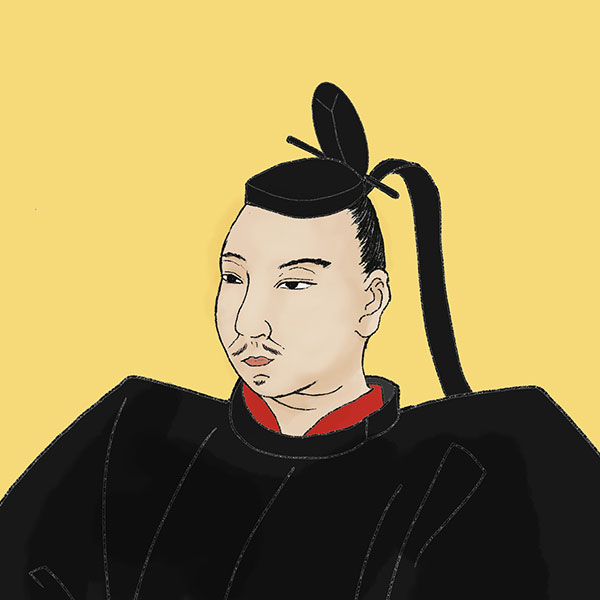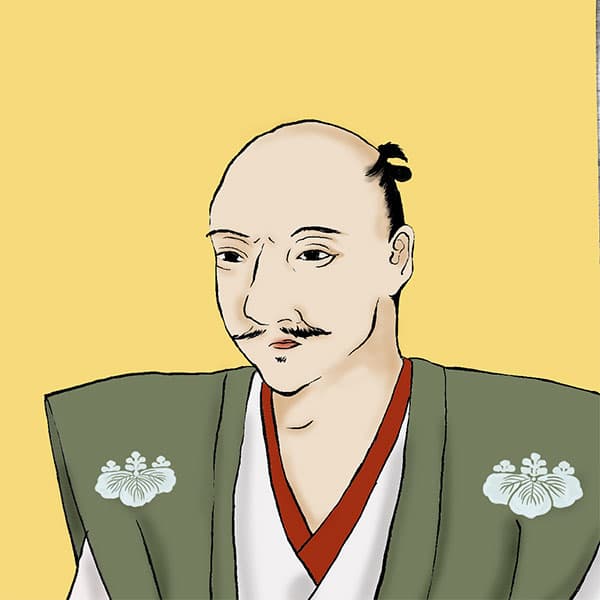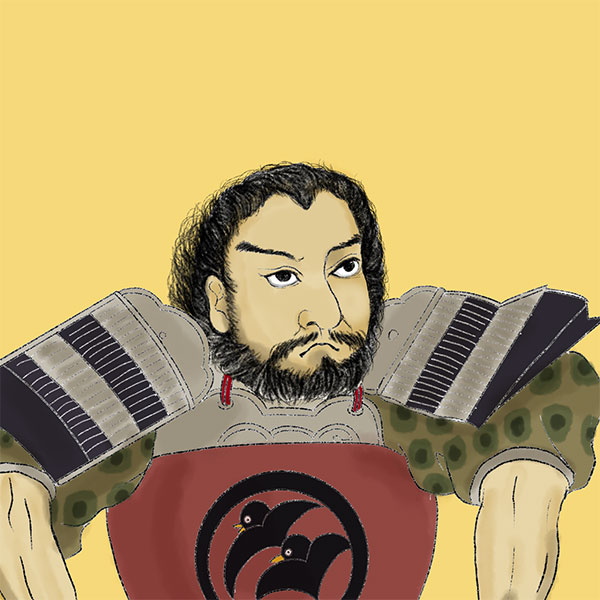Kiyosu Conference (2/2)The meeting where Nobunaga's successor was decided
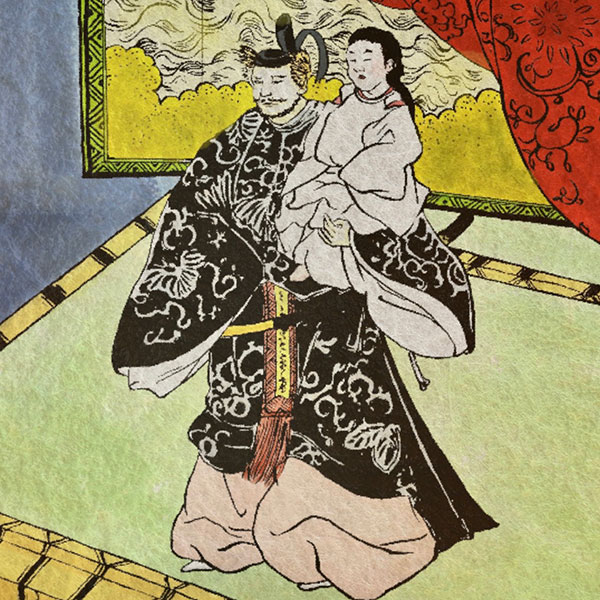
Kiyosu Conference
- Article category
- case file
- Incident name
- Kiyosu Conference (1582)
- place
- Aichi prefecture
- Related castles

Kiyosu Castle
- people involved
However, this theory appeared in later secondary sources such as "Kawazuno Taikoki" written in the early Edo period, and was written in favor of Tokisegara Hideyoshi. Currently, there is a theory based on materials from the time of the Kiyosu Conference that ``It was almost decided that Sanboshi would succeed the headship of the Oda family,'' and this theory is considered to be the most likely. Furthermore, according to documents from the time, Hideyoshi seems to have firmly persuaded Nagahide Niwa and Tsuneoki Ikeda to make Sanboshi his successor, saying, ``I will give you the territory you want, so please make Sanboshi your successor.'' Hideyoshi, who killed Nobunaga's enemies, had a strong say, and both of them followed Hideyoshi.
So, did anything go wrong at the Kiyosu Conference? According to documents from the time, Nobuo Oda and Nobutaka fought over who would serve as Sanboshi's successor until he came of age. Both parties refused to yield and no resolution was reached, so the meeting ended without a representative being appointed.
In this way, the successor was decided to be Sanboshi, and a system was decided in which all the elders would take power and assist him. Nobuo and Nobutaka were appointed as Sanboshi's ``guardians'' (some say it was only Nobutaka). Hidemasa Hori has been chosen to play the role of Fu. By the way, Hidemasa Hori and Toyotomi Hideyoshi headed to the Chugoku region and were active as the vanguard at the Battle of Yamazaki, and is a person from Hideyoshi. In addition, Nobutaka will take care of Sanboshi at Gifu Castle until Azuchi Castle, which suffered fire damage, is rebuilt.
Kiyosu Conference ③ Reallocation of territory
Another point of contention at the Kiyosu Conference was the redistribution of territory. The size of a territory was an important point that indicated a military commander's status both at home and abroad, so the distribution of territory was given great importance. At the Kiyosu Conference, territory was distributed to daimyo other than the participants, but here we will focus on the participants and their related parties.
- Nobuo Oda: Owari Province (Western Aichi Prefecture) and Kiyosu Castle
- Nobutaka Oda: Mino Province (southern Gifu Prefecture, etc.) and Gifu Castle
- Sanboshi: Inherited 25,000 koku and Azuchi Castle in Sakata District, Omi Province
- Hidekatsu Hashiba (4th son): Tanba Province, former territory of Mitsuhide Akechi (central Kyoto Prefecture, northeastern Hyogo Prefecture, etc.)
- Katsuie Shibata: Echigo Province (Fukui Prefecture) Anto, acquired Nagahama Castle and Hideyoshi's fiefdoms, and the three Kita-Omi districts (Nagahama City, Maibara City, Hikone City, Shiga Prefecture) and handed it over to his nephew Katsutoyo Shibata, resulting in 120,000 koku. increase
- Toyotomi Hideyoshi: Although the three districts of Kita-Omi were reduced in territory, they gained 3 provinces: Kawachi Province (Osaka Prefecture), Yamashiro Province (southern Kyoto Prefecture), and Tanba Province (central Kyoto Prefecture and northern Hyogo Prefecture), resulting in an increase of 280,000 koku.
- Nagahide Niwa: Relief of Wakasa Province (Western Fukui Prefecture), reduced Sakata District of Omi Province, but gained two districts of Omi Province and increased 150,000 koku.
- Tsuneoki Ikeda: Increase of 150,000 koku through 3 districts of Settsu Province (northern central Osaka prefecture and southeastern Hyogo prefecture)
- Hidemasa Hori: 200,000 koku in Omi and Sawayama Castle
Hideyoshi's territory, including Nobunaga's fourth son and adopted son Hidekatsu Hashiba, was larger than that of Katsuie Shibata. Furthermore, although Hideyoshi lost his bases of Nagahama Castle and Kita-Omi, he was able to capture Kyoto and its surrounding areas. From then on, Hideyoshi's influence would become stronger.
On the other hand, Katsuie, the chief retainer of the clan, lost control of his power, but gained control of Nagahama Castle, an important transportation hub. It was also decided that he would remarry Nobunaga's younger sister, Oichi. This was recommended by Hideyoshi and seems to have been a strategy to suppress Katsuie's dissatisfaction, but Katsuie, who married a key person, ``Nobunaga's younger sister,'' continued to oppose Hideyoshi.
As a result of the Kiyosu Conference, the conflict between Hideyoshi and Katsuie intensified.
Toyotomi Hideyoshi expanded his power through the Kiyosu Conference. After the meeting, he engages in a power struggle with his rival, Katsuie Shibata. In addition to Hideyoshi Tamba and Tsuneoki Ikeda, with whom he had teamed up at the Kiyosu Conference, Hideyoshi gained allies such as Kagekatsu Uesugi, as well as Hidemasa Hori, who played the role of Fu. On the other hand, Katsuie gained allies such as Nobutaka Oda, Kazumasu Takigawa, Motochika Chosokabe, and Toshiie Maeda. In this way, the Oda family was divided into two groups and fought against each other.
From October 15th to 17th, Hideyoshi held a large-scale funeral for Nobunaga at Daitokuji Temple in Kyoto, with Hidekatsu Hashiba as chief mourner. This was a strategy to promote himself as Nobunaga's successor, but this angered Katsuie. This is because Hideyoshi carried out the funeral without consulting Katsuie. Moreover, at the time, Katsuie was in Kitanosho Castle in Echigo Province (Niigata Prefecture), where there was deep snow, and it was difficult for him to move around. Furthermore, neither Nobuo Oda nor Nobutaka Oda attended this funeral. At that time, the two were having a dispute over the border between Owari and Mino, and it seems that it wasn't that bad.
Katsuie also saw Hideyoshi's private alliances with military commanders of the Oda family and criticized them. Hideyoshi, on the other hand, accused Nobutaka of Katsuie's side of keeping Sanboshi surrounded in Azuchi Castle instead of returning him. We put each other down. At one point, Katsuie made a peace agreement, but in December, Hideyoshi broke off the peace agreement and attacked Nagahama Castle, forcing Nobutaka of Gifu Castle to surrender.
In response, in January 1583, Kazumasu Takigawa of Katsuie's side raised an army, captured the castle of Hideyoshi's side, and locked himself in Nagashima Castle in Kuwana District, Ise Province (Kuwana City, Mie Prefecture), where he fought. Prepare for. As their rivalry deepened, Hideyoshi and Katsuie finally fought near Shizugatake in Ika District, Omi Province (Nagahama City, Shiga Prefecture) in April 11, Tensho 11. This is the "Battle of Shizugatake". Hideyoshi won the fierce battle at Shizugatake, and Katsuie committed suicide with Oichi at Kitanosho Castle. Through this battle, Hideyoshi rose to become the most powerful person in the Oda family, and after that, he began to unify the country in earnest.
Reread the article about the Kiyosu Conference
- people involved

- WriterNaoko Kurimoto(Writer)I am a former travel industry magazine reporter. I have loved history, both Japanese and world history, since I was a child. I usually enjoy visiting temples and shrines, especially shrines, and often do ``pilgrimages to sacred places'' themed around historical figures. My favorite military commander is Ishida Mitsunari, my favorite castle is Kumamoto Castle, and my favorite castle ruins is Hagi Castle. My heart flutters when I see the ruins of battle castles and the stone walls of castle ruins.


